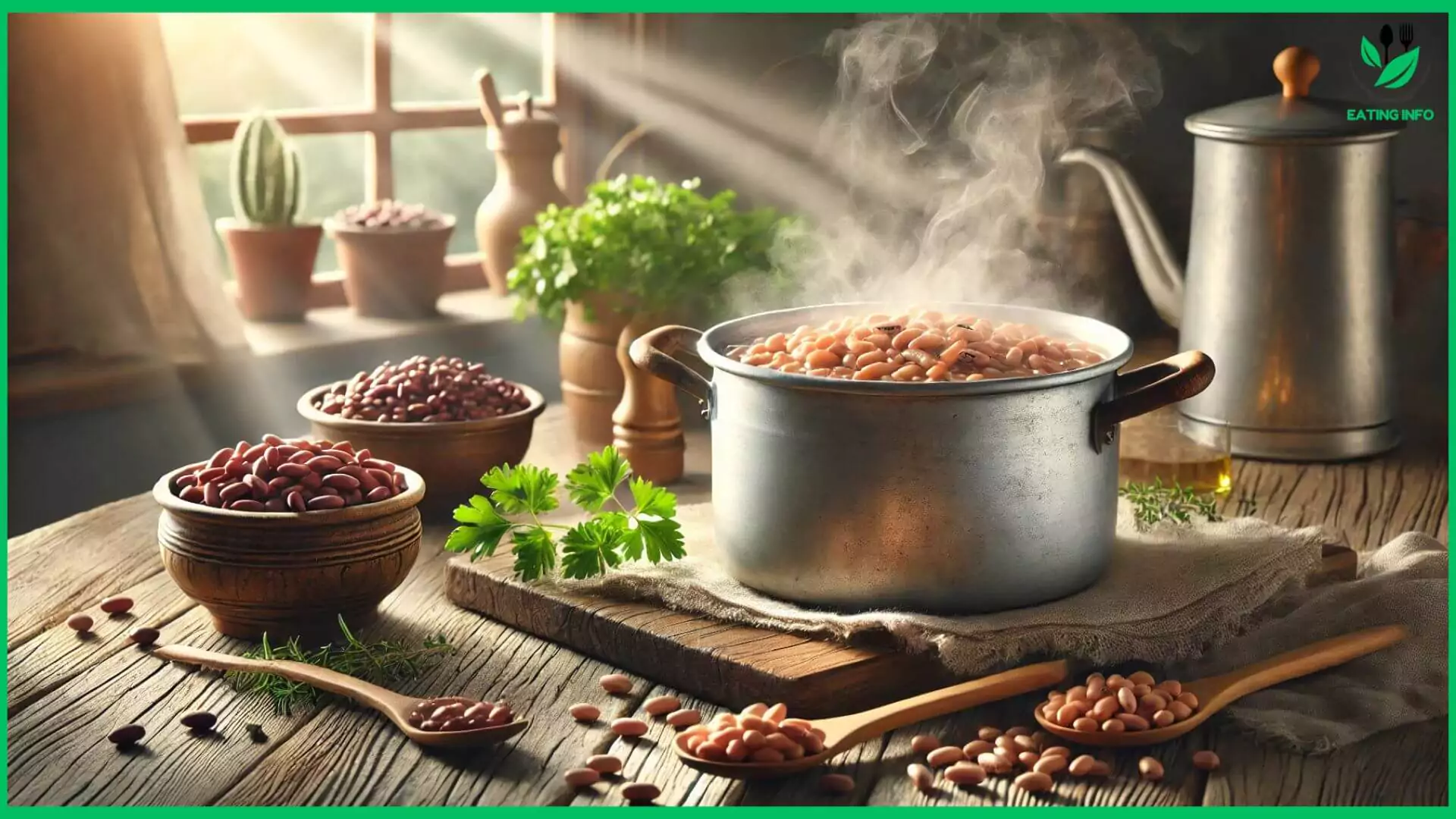Cooking dried beans is one of the most basic cooking skills a home cook can have. They are inexpensive, versatile, and taste and feel dramatically better than their canned cousins. Though many are dissuaded from the time associated with cooking dried beans, we’re about to turn that on its head with this quick, easy method. Whether you’re a novice or a professional chef looking to master the best technique, all you need is this post.
Dried beans are an ingredient powerhouse: packed with protein, fiber, and essential nutrients, they are a staple ingredient in cuisines all over the world. For convenience alone, many turn to canned beans, but really miss out on a superior flavor and texture that can be achieved by cooking dried beans at home. But here is the good news you don’t have to devote hours to preparation for perfectly cooked dried beans. With the quick-soak method, you save hours from the traditional process and get amazing results.
So, why bother cooking dried beans? For one, they’re super cost-effective. A single bag of dried beans can yield multiple servings for a fraction of the price of canned beans. They are also free of added sodium and preservatives, so you control the ingredients.
Types of Dried Beans
Popular Varieties
There’s a dried bean for just about any dish. Some of the more common types include:
Black Beans: Great for soups, burritos, and salads.
Chickpeas (Garbanzo Beans): For hummus, curries, and most Mediterranean dishes.
Pinto Beans: Refried beans and chili make great uses.
Kidney Beans: When it comes to stews and chili, these guys are perfect.
Lentils: Though technically not a bean, they cook quickly and add a hearty texture to soups and salads.
How to Cook Beans: Understanding Cooking Times
Different types of beans have different cooking times. Here is a rough guide:
Black beans: 60–90 minutes.
Chickpeas: 90–120 minutes.
Pinto beans: 60–90 minutes.
Kidney beans: 90–120 minutes.
Keep in mind that the fresher the bean, the less cooking time it takes, while older beans take longer to cook.
Basic Cooking of Dried Beans
Before you cook, here is some basic understanding you need:
Equipment You’ll Need: A large pot, a strainer, and optionally, a pressure cooker or Instant Pot.
Choose the Right Beans: Uniformly-sized beans without cracks or other discoloration are best. Fresh beans cook more quickly and are sweeter. Quick-Soak Method-How It Works Traditional soaking involves soaking beans in water overnight. Well, that’s a long time for those in a hurry, and it’s a bit inconvenient. Quick-soaking does the same job but reduces the time required. Here’s how it works:
What is Quick-Soaking? Well, it’s simply boiling beans for a very short time, and then letting them soak for an hour or so. This makes the beans softer and reduces the overall cooking time.
Benefits: Time-saving, helps eliminate indigestible sugars responsible for bloating, and gets the beans ready for even cooking.
Quick-Soaking: A Step-by-Step Process
Step 1: Clean and Sort
Place the beans in a large bowl or colander. Sort through the beans, discarding any debris or damaged beans. Rinse well with cold water.
Step 2: Boil and Soak
Place the beans in a large pot and cover the beans with water. Use three times as much water as beans.
Bring the water to a rapid boil and let it boil for 2–3 minutes.
Take the pot off the heat and cover it with a lid. Give the beans one hour to soak. Preparing the Beans It’s time to cook your beans after they’ve soaked:
Drain and Rinse: Drain off the soaking water and give the beans a quick rinse.
Simmer: Return the beans to the pot; add fresh water to cover and bring to a simmer. Don’t boil; this may break the beans.
Cook Time: Check for doneness after an hour. Add more water as needed.
Seasoning Dried Beans
When to Add Salt
The optimum time to apply salt is near the end of cooking. If you add it too soon, the beans may get tough.
Flavoring Ideas
Give your beans extra flavor with:
Aromatics like garlic, onions, and bay leaves.
Herbs like thyme, rosemary, or oregano.
Spices like cumin, paprika, or chili powder.
Avoiding Common Bean-Cooking Mistakes
Don’t Skip the Rinse
Not rinsing beans can leave dirt and debris in your dish.
Avoid Hard Water
Hard water can prolong the cooking time for beans. Use filtered water whenever possible.
Using Cooked Beans
Popular Recipes
Add black beans to tacos.
Make a filling chickpea curry.
Make a quick bean salad.
Storage Tips
Store the cooked beans, tightly sealed, in a refrigerator for 5 days or freeze for 6 months.
Not required to be saddled with preparing dried beans; have them in a quick, fresh manner with the Quick-Soak method. Now try it and give flavor and class to each meal with this straightforward, skill-altering technique.
FAQ
Can I cook beans without soaking? Yes, but it’s going to take a lot more time. The quick-soak method is actually an excellent middle ground.
Why are my beans still hard after cooking? They’re probably old or your water is too hard. Try putting a pinch of baking soda in it.
Can I cook dried beans in the slow cooker? You can just allow up to 6 to 8 hours on low heat.
Should I discard the soaking water? Yes, to discard indigestible sugars that cause bloating.
How do I know beans are done? They should be tender but not mushy. Test by biting into one.

